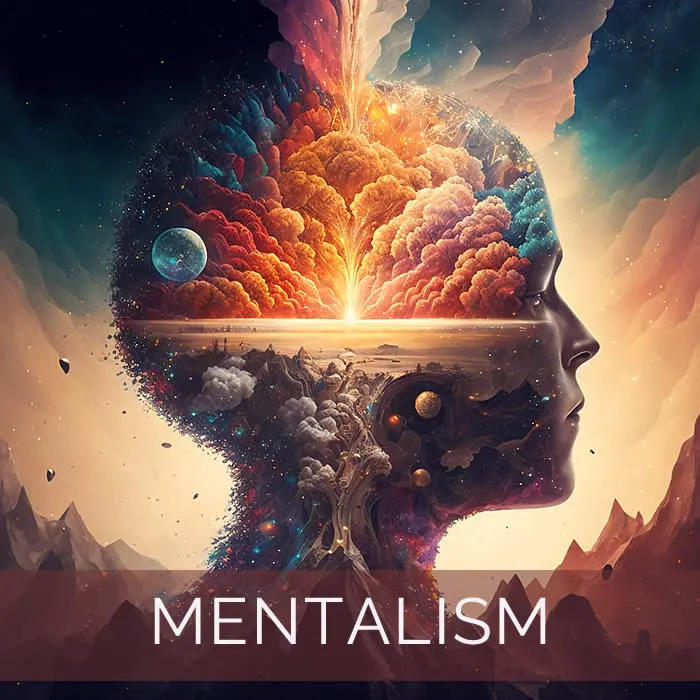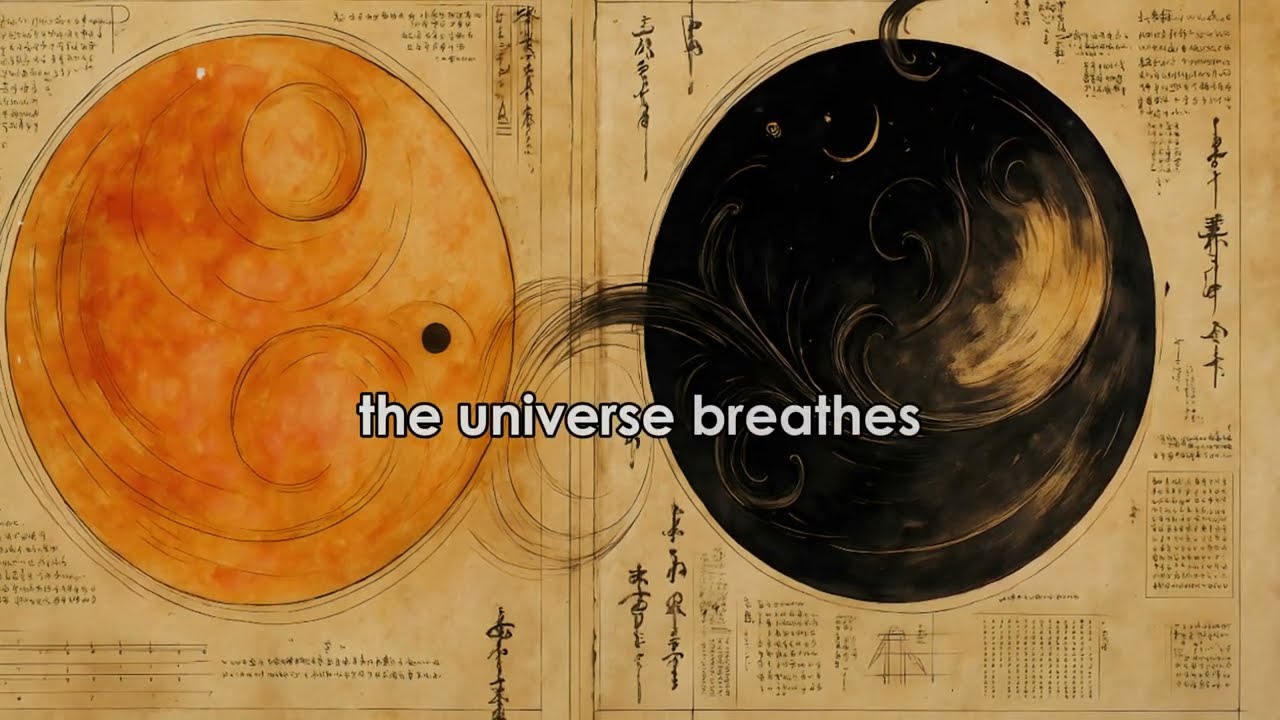The Real Meaning of the Law of Rhythm is a profound concept rooted in ancient wisdom and modern science, revealing how the universe operates through cycles of expansion and contraction. This universal principle, often overlooked in daily life, teaches us that everything ebbs and flows, from the tides of the ocean to the emotions within us. By understanding and embracing The Real Meaning of the Law of Rhythm, we can achieve greater harmony, resilience, and fulfillment, transforming how we navigate life’s inevitable ups and downs.
What is the Law of Rhythm?

The Law of Rhythm is a fundamental universal principle that governs the cyclical nature of all existence, ensuring that change is not random but follows a predictable pattern of movement and repose. This law, part of the Hermetic principles outlined in ancient texts like the Kybalion, posits that everything in the universe experiences a rhythmic flow, much like the pendulum that swings to and fro. It reminds us that after every high comes a low, and vice versa, fostering a sense of balance in an otherwise chaotic world. By grasping this concept, we can better anticipate life’s fluctuations and use them to our advantage, rather than being caught off guard by them.
Defining the Law of Rhythm
The Law of Rhythm can be understood as the cosmic heartbeat that pulses through all aspects of reality, dictating that energy and events move in waves rather than straight lines. At its core, this law asserts that all phenomena—be it physical, emotional, or spiritual—are subject to cycles of activity and inactivity. For instance, just as the seasons transition from spring’s growth to winter’s dormancy, human experiences cycle through periods of action and reflection. This rhythmic pattern is not merely observational but is embedded in the fabric of the universe, influencing everything from atomic vibrations to galactic orbits. Understanding The Real Meaning of the Law of Rhythm involves recognizing that these cycles are neutral and necessary, providing opportunities for rest, growth, and renewal. Without the lows, the highs would lose their significance, creating a dynamic equilibrium that sustains life. This perspective shifts our view from seeing rhythm as a hindrance to embracing it as a guide for living more intentionally.
In practical terms, the Law of Rhythm encourages us to observe patterns in our own lives, such as the natural highs and lows of energy throughout the day or the emotional tides that come with relationships. By internalizing this law, individuals can cultivate patience and foresight, knowing that difficult times are temporary and often precede periods of prosperity. Historically, this concept has been explored in various cultures, from the yin-yang philosophy in Taoism to the cyclical theories in Hinduism, underscoring its universality. Embracing The Real Meaning of the Law of Rhythm means accepting that resistance to these cycles only amplifies suffering, while alignment with them fosters peace and progress.
Key Principles and Components
One of the primary principles of the Law of Rhythm is the idea of compensation, where every action generates an equal and opposite reaction, ensuring that extremes are balanced over time. This compensation isn’t always immediate or obvious; it may unfold gradually, as seen in the way economic booms are often followed by recessions, or how intense physical exertion is followed by the need for recovery. The components of this law include amplitude, which refers to the intensity of the cycle, and frequency, which determines how often the cycle repeats. For example, a person’s daily rhythm might involve high productivity in the morning followed by a midday slump, illustrating how rhythm operates on a micro scale.
Delving deeper, the Law of Rhythm also encompasses the principle of inevitability, meaning that cycles cannot be permanently altered or stopped; they can only be influenced or ridden. This inevitability is evident in natural phenomena like the lunar phases or the circadian rhythms that regulate sleep. In human affairs, it manifests in career trajectories, where periods of rapid advancement are often interspersed with plateaus or setbacks, teaching us the value of perseverance. By studying these components, we gain insight into how to synchronize our actions with the natural flow, enhancing efficiency and well-being.
Common Misconceptions
A common misconception about the Law of Rhythm is that it implies a fatalistic view of life, where individuals are powerless against the tides of change. In reality, while the law acknowledges the inevitability of cycles, it empowers people to work within them, using knowledge of rhythm to make informed decisions. For instance, understanding that market fluctuations are rhythmic can help investors time their moves rather than panic during downturns. This misconception often arises from a superficial interpretation, ignoring the law’s emphasis on adaptation and growth.
Another misunderstanding is confusing the Law of Rhythm with chaos or randomness, but it is precisely the opposite—rhythm imposes order and predictability. Cycles provide a framework for anticipation, allowing us to prepare for challenges and capitalize on opportunities. For example, athletes use the rhythmic nature of training and recovery to optimize performance, debunking the idea that rhythm is unpredictable. Embracing The Real Meaning of the Law of Rhythm helps dispel these myths, revealing it as a tool for empowerment rather than resignation.
Historical Origins and Philosophical Context

Throughout history, the Law of Rhythm has been a cornerstone of philosophical and spiritual traditions, illustrating how ancient wisdom continues to inform modern understandings of the world. This principle, often described as the universe’s inherent cadence, has been explored in various cultures, from the cyclical myths of indigenous societies to the structured philosophies of the East and West. By examining its roots, we uncover not just historical facts but a timeless truth that resonates with contemporary life, offering a lens through which to view personal and collective experiences.
The Ancient Roots
The origins of the Law of Rhythm can be traced back to ancient civilizations, where it was embedded in myths, rituals, and early scientific observations. In ancient Egypt, for instance, the annual flooding of the Nile was seen as a rhythmic event that brought fertility and renewal, symbolizing the law’s role in sustaining life. Similarly, Greek philosophers like Heraclitus spoke of the eternal flux, emphasizing that “all things flow” and change is constant, laying the groundwork for rhythmic principles in Western thought. These early interpretations highlighted how rhythm governs natural phenomena, such as the movements of celestial bodies, which were meticulously charted to predict agricultural cycles and seasonal changes.
Beyond mythology, the Law of Rhythm influenced spiritual practices, such as in Hinduism’s concept of samsara, the cycle of birth, death, and rebirth. This ancient root underscoresthe intrinsic link between rhythm and existence itself, illustrating how life is a continuous journey through various cycles. In the context of modern spirituality, these ancient beliefs remind us of the interconnectedness of all life, conveying profound insights into the human experience.
Additionally, in the realm of Eastern philosophies like Taoism, the Law of Rhythm finds expression in the concept of yin and yang, which represents the interplay of opposites within a cyclical framework. Yin (the passive, receptive force) and yang (the active, creative force) illustrate how dynamic balance is achieved through the natural rhythms inherent in all aspects of life. This duality teaches that understanding and embracing these opposing forces is key to personal harmony and societal equilibrium. By recognizing the cyclical nature of existence, individuals can navigate life’s challenges and pleasures with grace and wisdom.
Cultural Representations
Across cultures, various forms of artistic and literary expression have depicted the Law of Rhythm, reflecting its significance in shaping human consciousness. Indigenous cultures often incorporate rhythmic storytelling through oral traditions, emphasizing the cyclical patterns in nature and human experience. The drum, as a central element in many indigenous ceremonies, serves as a powerful symbol of rhythm, uniting participants in a shared heartbeat that echoes the universe’s fundamental pulse. This communal experience reinforces the idea that individuals are part of a larger rhythm, fostering connection and collective identity.
In literature, poets like William Blake captured the essence of rhythm through their exploration of cycles in life, love, and nature. Blake’s work illustrates the transformative power of rhythm, suggesting that every joy carries the seeds of sorrow and vice versa. This reflection on duality echoes the ancient understandings of rhythm as a guiding force, reminding us that growth often emerges from adversity and that beauty is found even amidst chaos.
Moreover, the rise of modern psychology has brought renewed attention to the Law of Rhythm, particularly in therapeutic practices that emphasize the importance of acknowledging and navigating emotional and psychological cycles. By integrating concepts from ancient wisdom with contemporary mental health approaches, we find that understanding our internal rhythms can lead to deeper self-awareness and resilience. Embracing the rhythms of our lives allows us to process experiences more holistically, enabling healing and growth.
Philosophical Interpretations
The philosophical implications of the Law of Rhythm span various disciplines, from metaphysics to ethics, raising questions about free will, determinism, and the nature of reality. Philosophers such as Friedrich Nietzsche explored the cyclical nature of existence, asserting that life’s repetitive patterns can lead to personal transformation when embraced rather than resisted. Through his concept of “eternal recurrence,” Nietzsche encouraged individuals to affirm their lives and choices, recognizing the inherent rhythm that shapes their paths.
In a more deterministic light, some scholars argue that the Law of Rhythm suggests a predefined order to the universe. However, this perspective can be complemented by the idea of human agency—individuals possess the ability to navigate their rhythms consciously, making choices that align with their values and aspirations. The interplay between fate and free will is a fundamental theme in many philosophical traditions, emphasizing the importance of understanding and harmonizing with the rhythms of life.
Furthermore, the modern scientific discourse surrounding chaos theory and complexity science aligns with the Law of Rhythm, revealing how apparent randomness and unpredictability often yield underlying patterns and structures. This intersection invites a nuanced view of existence, merging ancient wisdom with contemporary thought, suggesting that while life may appear chaotic at times, it is woven together by intricate rhythms that guide us toward greater understanding and meaning.
Practical Applications of the Law of Rhythm

Understanding the Law of Rhythm transcends theoretical knowledge; it offers practical applications that enhance various aspects of life, from personal development to professional endeavors. Recognizing and harnessing the cyclical nature of events can empower individuals to make informed decisions, manage stress, and cultivate resilience. By applying these principles in everyday scenarios, one can create a balanced and fulfilling existence aligned with the natural flow of life.
Personal Development Strategies
One effective application of the Law of Rhythm in personal development is establishing routines that honor one’s natural energy cycles. For instance, identifying peak productivity hours can enhance efficiency and effectiveness in daily tasks. Morning people may find they accomplish significant work early in the day, while night owls thrive in evening settings. Aligning activities with these rhythms not only maximizes output but also fosters a sense of satisfaction and well-being, allowing for deeper engagement in both work and leisure.
Additionally, incorporating periods of rest and rejuvenation is essential for maintaining balance. Understanding that intense periods of effort should be followed by restorative phases mirrors the natural rhythms of ebb and flow found in nature. Taking time for self-care, mindfulness practices, or simply stepping away from responsibilities allows for mental and emotional recharge, preventing burnout and promoting overall health.
Another vital strategy is cultivating awareness of personal emotional rhythms. Recognizing that emotions fluctuate and that feelings of sadness or anxiety are temporary can help individuals navigate challenging times with greater ease. Keeping a journal to track emotional states over time can reveal patterns, empowering individuals to anticipate emotional lows and prepare accordingly. This practice fosters resilience and encourages individuals to embrace their journeys with compassion and understanding.
Professional Applications
In the workplace, organizations can apply the Law of Rhythm to enhance team dynamics and productivity. Creating a culture that acknowledges the importance of rhythm encourages flexibility in work schedules, allowing employees to perform at their best during their most productive hours. Additionally, implementing regular check-ins and feedback loops aligns with the rhythmic nature of growth, fostering an environment of continuous improvement and collaboration.
Understanding market rhythms also plays a crucial role in business strategy. Entrepreneurs and investors who recognize the cyclical patterns in their industries can make informed decisions about when to launch products or pivot strategies. Analyzing historical data alongside current trends allows businesses to anticipate shifts and respond proactively, ensuring they remain competitive and resilient in fluctuating markets.
Furthermore, leaders who embody the Law of Rhythm in their leadership styles can foster stronger connections within their teams. By modeling vulnerability and authenticity, leaders emphasize the importance of embracing both successes and setbacks, creating a safe space for open communication and collaboration. This alignment with natural rhythms nurtures trust and camaraderie, ultimately leading to increased employee engagement and satisfaction.
Community and Societal Impact
On a broader scale, the Law of Rhythm can inform community and societal initiatives aimed at fostering more resilient social structures. Community programs that promote cyclical practices—such as seasonal festivals or communal gardening—encourage people to connect with the rhythms of nature and each other. These shared experiences allow individuals to celebrate their interconnectedness, reinforcing a sense of belonging and collective purpose.
Moreover, drawing upon the Law of Rhythm can guide policymakers in addressing societal challenges. Understanding historical cycles of economic prosperity and downturns provides valuable insights into crafting policies that promote sustainable growth and prevent crises. By aligning political decisions with the natural rhythms of society, leaders can better serve their constituents, fostering a culture of adaptability and progress.
Educational institutions can also benefit from incorporating the Law of Rhythm into curricula, teaching students about the cyclical patterns in history, science, and human behavior. This holistic approach encourages critical thinking, enabling future generations to navigate complexities with a rhythmically informed mindset. Cultivating awareness of these cycles prepares individuals to engage positively with their environments, promoting adaptive and resilient communities.
Conclusion

Embracing the Law of Rhythm offers profound insights into the cyclical nature of existence, inviting individuals to recognize and harmonize with the rhythms of life. Through understanding its key principles, dispelling misconceptions, exploring historical contexts, and applying practical strategies, we uncover a timeless truth: that life flows in cycles, and within these cycles lie opportunities for growth, renewal, and fulfillment.
By internalizing this law, individuals can cultivate patience, adaptability, and resilience, enabling them to navigate life’s challenges with grace. Whether in personal development, professional pursuits, or community engagement, the Law of Rhythm serves as a compass, guiding us toward a more intentional and harmonious existence.
As we learn to embrace the highs and lows, the ebbs and flows, we discover that rhythm is not just an abstract concept but a living reality that enriches our lives profoundly. By aligning ourselves with this universal cadence, we become empowered to live more authentically, creating a meaningful impact on ourselves and the world around us.

GIPHY App Key not set. Please check settings